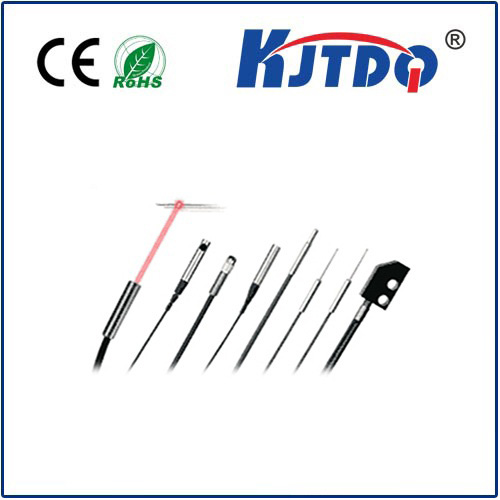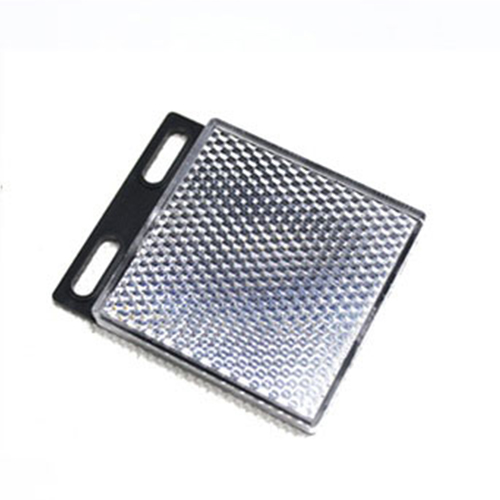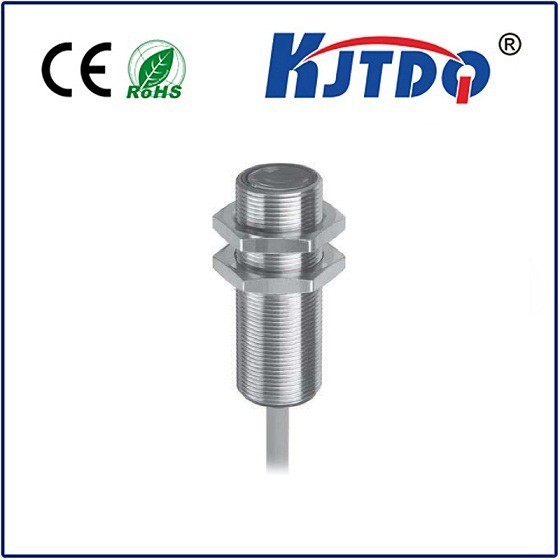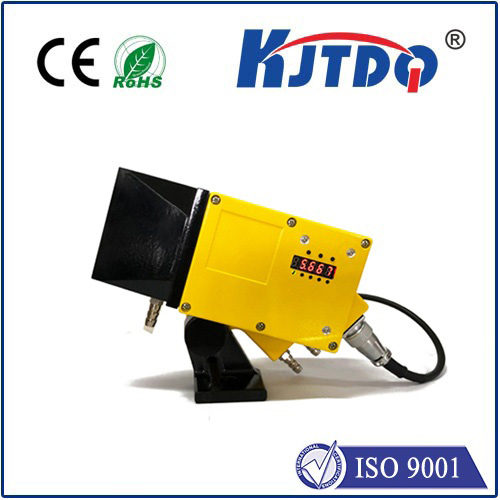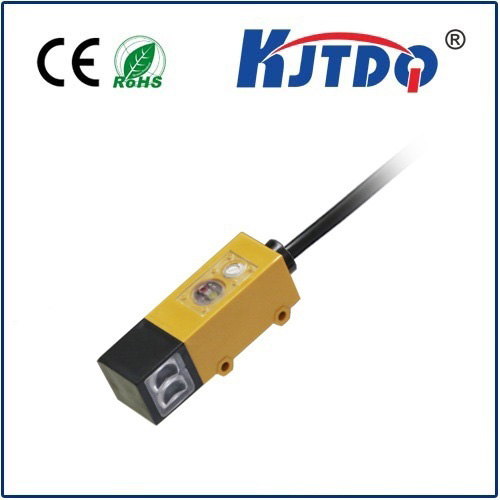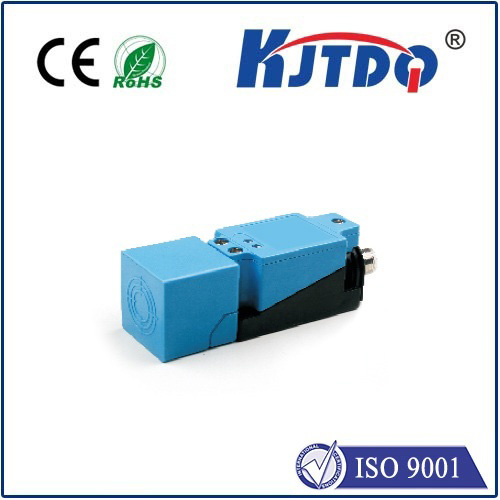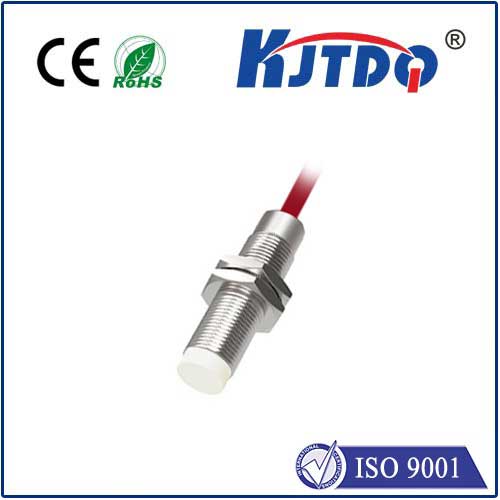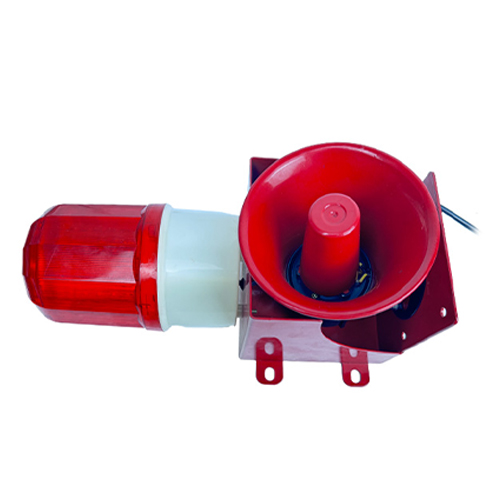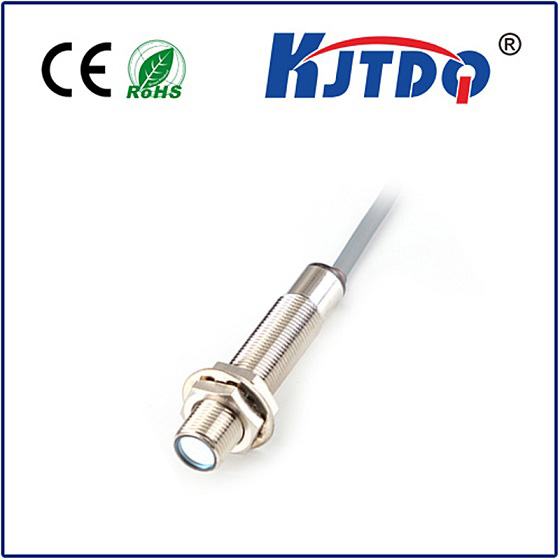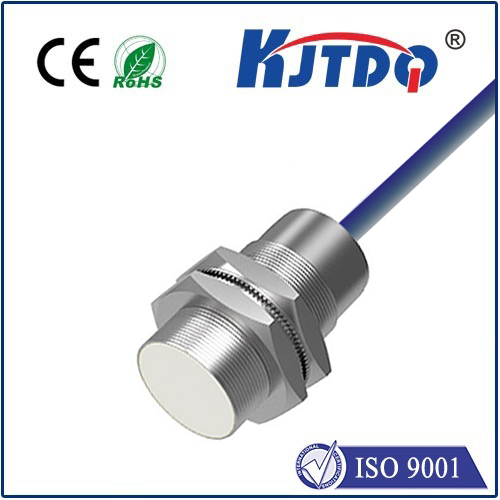roko sn04 n proximity sensor
- time:2025-06-27 02:12:55
- Click:0
ROKO SN04 N Proximity Sensor: The Unseen Sentry of Industrial Automation
In the humming heart of a modern factory, beneath the clatter of robotic arms and the rhythmic pulse of conveyor belts, countless silent guardians work ceaselessly. They don’t wear uniforms, but their vigilance is paramount. Among these unsung heroes lies a critical component: the inductive proximity sensor. Specifically, the ROKO SN04 N proximity sensor embodies the essence of reliable, non-contact detection, a fundamental building block for seamless automation. This compact device plays an outsized role in ensuring processes run smoothly, safely, and efficiently across a vast spectrum of industrial applications. Understanding its capabilities is key to unlocking smarter, more dependable machinery.
Decoding the Sentinel: What is the ROKO SN04 N?
The ROKO SN04 N is a specific model within the broad category of inductive proximity sensors. Inductive sensors operate on a fundamental physical principle: they generate an electromagnetic field from their sensing face. When a metallic target (typically ferrous metals like iron or steel, but many also detect non-ferrous metals like aluminum or brass, depending on design) enters this field, eddy currents are induced within the target. These eddy currents cause a measurable energy loss within the sensor’s oscillating circuit. The SN04 N detects this energy shift, triggering its internal electronic switch. Crucially, this detection happens without any physical contact – the sensor never touches the target. This key characteristic makes the ROKO SN04 N proximity sensor exceptionally durable, virtually immune to wear and tear compared to mechanical limit switches.
The ‘N’ suffix in SN04 N typically denotes an NPN output transistor configuration with a Normally Open (NO) contact logic. In simpler terms:

- NPN: The output switches the negative (ground) connection to the load.
- Normally Open (NO): When no target is present, the output circuit is open (off). When a target enters the sensing range, the output circuit closes (on).
The Core Strengths: Why Choose the ROKO SN04 N?
The widespread adoption of sensors like the ROKO SN04 N isn’t accidental. They offer a compelling combination of features ideally suited for harsh industrial environments:
- Robustness and Longevity: Encased in rugged materials (often nickel-plated brass or stainless steel) and boasting high ingress protection ratings (like IP67), the SN04 N proximity sensor shrugs off dust, oil, coolants, vibrations, and even temporary immersion. No moving parts means significantly reduced wear, translating to lower maintenance costs and extended service life.
- Non-Contact Operation: As mentioned, the sensor never touches the object it detects. This eliminates friction, prevents damage to delicate targets, and allows for high-speed detection – crucial for modern, fast-paced production lines.
- High Switching Frequency: Models like the ROKO SN04 N can reliably detect targets at impressive speeds, often handling hundreds or even thousands of detections per second. This capability is vital for applications like part counting on high-speed conveyors or monitoring rotating components like spindles or gears.
- Reliable Sensing: Inductive sensors are known for their stable and repeatable performance. Factors like target surface finish, minor dirt, or ambient light typically have minimal impact on their operation, ensuring consistent signal generation.
- Flush Mounting Capability (Typically): Many inductive sensors, including most variants of the SN04 N, are designed with shielded (flush mountable) technology. This means they can be installed recessed into metal mounting brackets without affecting their sensing range, offering protection from physical damage and simplifying integration.
- Versatility: While primarily designed for metal detection, the ROKO inductive proximity sensor finds application in countless scenarios: position sensing, end-of-travel limits, presence verification, object counting, speed monitoring, and more.
Where Does the ROKO SN04 N Shine? Applications Abound
The practical uses for a sensor as reliable as the ROKO SN04 N are extensive. You’ll find it tirelessly working in:
- Machine Tooling: Monitoring tool position, detecting workpiece presence in chucks or fixtures, verifying clamp closure.
- Packaging Machinery: Counting bottles/cans, verifying case flap closure, ensuring proper label application position.
- Material Handling: Detecting pallets, confirming position on conveyors, sensing the presence of items for sorting or diverting.
- Automotive Assembly: Verifying component assembly (e.g., piston presence), confirming robot positioning, end-of-line testing jigs.
- CNC Machining Centers: Tool changer position verification, workpiece clamping confirmation, coolant level monitoring (using floats with metallic triggers).
- Robotics: End effector position feedback, detecting proximity to workpieces or safety zones.
- Textile & Printing: Detecting metal guides, monitoring roll diameter, verifying needle position.
Selecting and Integrating Your SN04 N Sensor Effectively
While the ROKO SN04 N is a robust workhorse, optimal performance requires careful selection and installation:
- Sensing Distance: The ‘04’ in SN04 N typically indicates a nominal sensing distance of 4mm for a standard mild steel target. Crucially, this is an ideal value. Real-world usable sensing distance is often less and varies significantly with target material type, shape, and size. Always consult the datasheet for specific reduction factors and ensure your target material and geometry allow for reliable detection within the required distance.
- Output Configuration: Confirm that the NPN NO configuration suits your control system’s input requirements. Control systems often require specific sourcing/sinking (PNP/NPN) logic.
- Supply Voltage: Ensure the sensor’s operating voltage range matches your control circuit (commonly 10-30V DC).
- Mounting Considerations: Utilize the shielded (flush mountable) design advantage where possible. Remember that excessive proximity to other metal objects (like the mounting bracket itself) can slightly reduce the effective sensing range of a shielded sensor. Unshielded sensors require clearance around them but offer longer ranges. Maintain the specified gap between the sensor face and the target path. Secure mounting is essential to prevent vibration-induced false signals or damage.
- Wiring: Follow the manufacturer’s wiring diagram meticulously (typically Brown = +V DC, Blue = 0V/GND, Black = Output Signal). Use shielded cable in electrically noisy environments and ground it properly at the controller end.
The Undeniable Value Proposition
Implementing reliable sensors like the ROKO SN04 N proximity sensor delivers tangible benefits that resonate on the factory floor and the bottom line:
- Enhanced Machine Uptime: Reduced sensor failures mean fewer stoppages. The inherent robustness of non-contact inductive sensors directly contributes to higher overall equipment effectiveness (OEE).
- Improved Process Reliability: Consistent, accurate detection prevents errors – ensuring parts are present, positioned correctly, and processes proceed only when they should. This reduces scrap and rework.
- Lower Maintenance Costs: The long lifespan and minimal need for servicing translate to cost savings over time.
- Increased Safety: Sensors contribute to safety interlocking, ensuring guards are closed or hazardous movements only occur when conditions are safe.
From orchestrating complex robotic dances on an assembly line to simply confirming a bottle cap is present on a filling machine, the ROKO SN04 N inductive proximity sensor serves as






